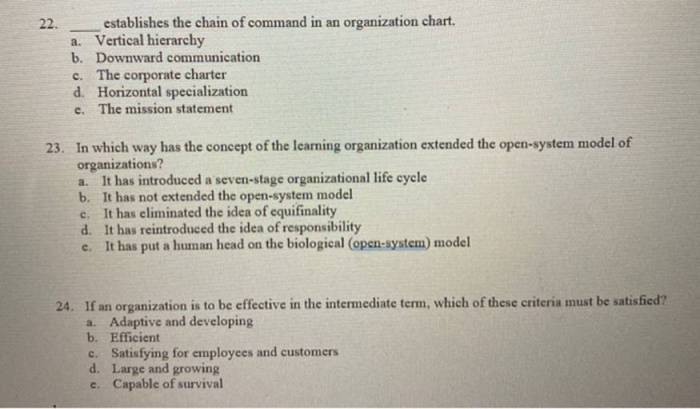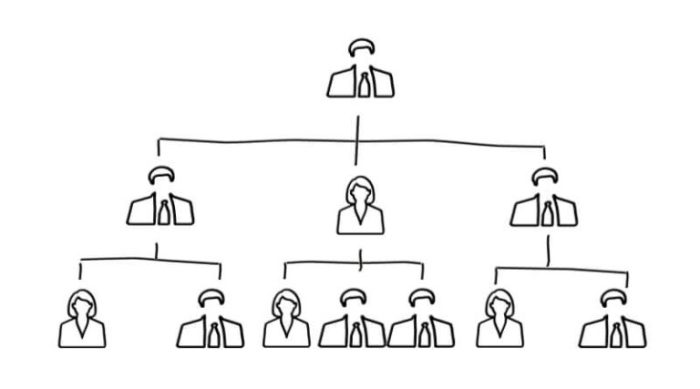The non-operational chain of command runs directly from the President, bypassing traditional military and organizational structures. This arrangement has significant implications for decision-making, accountability, and transparency.
The non-operational chain of command is a direct line of communication between the President and those responsible for non-operational matters, such as political affairs, public relations, and legal counsel. This arrangement allows the President to exercise direct control over these areas without having to go through the traditional chain of command.
Chain of Command and the President

The chain of command is a hierarchical structure within military and organizational settings that establishes lines of authority and responsibility. It defines the flow of orders and information, ensuring efficient and effective operations. The President, as the Commander-in-Chief of the armed forces, holds the highest position in the chain of command, exercising ultimate authority over military operations.
Non-Operational Chain of Command
A non-operational chain of command refers to a separate line of communication and authority that exists alongside the traditional operational chain of command. It is not directly involved in the day-to-day operations of an organization but serves specific purposes and functions.
Direct Line of Communication
The President has a direct line of communication with individuals in the non-operational chain of command, bypassing the operational chain. This allows for direct access to information and advice from experts and advisors outside the regular military hierarchy.
Implications for Decision-Making, The non-operational chain of command runs directly from the president
The non-operational chain of command running directly from the President has significant implications for decision-making processes. It provides the President with the ability to make decisions based on a broader range of perspectives and information, potentially streamlining decision-making.
Case Studies
Historical and contemporary examples of non-operational chains of command include the National Security Council and the President’s Council of Advisors on Science and Technology. These bodies provide the President with direct access to expertise and advice on national security and scientific matters, respectively.
Commonly Asked Questions: The Non-operational Chain Of Command Runs Directly From The President
What is the purpose of the non-operational chain of command?
The non-operational chain of command allows the President to exercise direct control over non-operational matters without having to go through the traditional chain of command.
What are the advantages of the non-operational chain of command?
The non-operational chain of command can streamline decision-making and increase the President’s control over non-operational matters.
What are the disadvantages of the non-operational chain of command?
The non-operational chain of command can bypass established channels and reduce accountability and transparency.


